Tibet, the 'Roof of the World,' is renowned for its stunning snow-covered mountains. These peaks vary in shape, from towering pyramids to clear fortresses, and many are over 8,000 meters high. Beyond their beauty, these mountains are vital to life, giving birth to major rivers like the Ganges and Yangtze.
They're not just natural wonders; they're sacred to the Tibetans, seen as deities honored for generations. Visiting these mountains in Tibet is both a visual treat and a spiritual experience. Which ones should you not miss, and what breathtaking views await you?
Tibet Mountain No.1: Mount Everest (8,848.68 meters)
Mount Everest stands tall in the Himalayas, stretching across the China-Nepal border. This iconic peak evokes a deep sense of awe and represents the pinnacle of human adventure.
Everest Base Camp, located a mere 20 kilometers from the mountain, offers a breathtaking view, especially during sunset when the peak glows golden. This spectacle attracts photographers and tourists alike. At night, the pristine sky above the camp comes alive with a myriad of stars, creating a mesmerizing backdrop against Everest's silhouette. If you're lucky, shooting stars might even make an appearance.
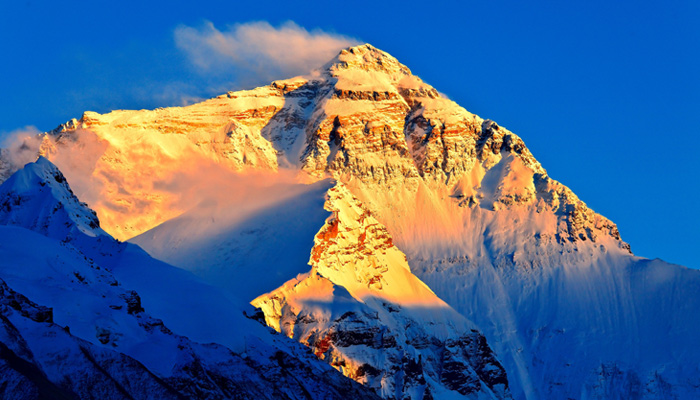 Mount Everest stands tall in the Himalayas as the highest peak in the world.
Mount Everest stands tall in the Himalayas as the highest peak in the world.Interestingly, Mount Everest frequently sports banner clouds that resemble fluttering flags. These clouds often adopt a reddish hue at sunrise and sunset, further elevating the mountain's allure.
For the best panoramic views of the Himalayas, including Everest, the Gawula Pass is unbeatable. From this vantage point, one can see five of the tallest peaks, such as Makalu and Lhotse. The ideal times for a visit are between April to May and September to November, when the skies are clearer.
To embark on your Everest Base Camp tour, begin your journey in Lhasa, move through the scenic Yamdrok Lake and Shigatse, then reach Tingri. From there, the majestic Himalayan Nature Reserve awaits.
Tibet Mountain No.2: Mount Kailash (6,714 meters)
Mount Kailash is situated in western Tibet, China, towering at 6,714 meters in the Gangdise Mountains. Its pyramid-like shape with steep, snowy slopes is awe-inspiring. Its iconic, pyramid-like form stands out with sharp contrasts-crisp, white snow against rugged, dark rocks. These steep slopes and the sheer grandeur of the mountain present an almost otherworldly aura.
Interestingly, even with its relatively modest elevation compared to other major peaks in the Himalayan region, Mount Kailash remains unconquered by climbers. This is not just due to its challenging terrain, but also because it's revered as a sacred site by multiple religions. Climbing it is considered disrespectful, preserving its status as an untouched sanctuary in the sky.
 Mount Kailash is a pilgrimage destination for Tibetan Buddhists.
Mount Kailash is a pilgrimage destination for Tibetan Buddhists.Mount Kailash is a pilgrimage destination for Buddhists, Hindus, Tibetan Bön followers, and Jains. The trek around it, known as the "kora," spans 52 kilometers. Completing it is believed to cleanse one's lifetime of sins. Pilgrims prostrate and circle the mountain in devotion.
The kora includes monasteries like Drirapuk Monastery and Dzultripuk Monastery. Pilgrims can be seen prostrating along the path, displaying unwavering faith.
Lake Manasarovar, cradled at the base of Mount Kailash, is not just a body of water but a sacred reservoir deeply revered by various religious groups. This expansive freshwater lake gives birth to several major rivers that have their own historical and religious importance, making it a crucial lifeline for many regions.
Coupled with the towering presence of Mount Kailash and the majestic Gurla Mandhata, this lake paints an ethereal landscape that beckons travelers and pilgrims alike. Its pristine waters reflect the snow-capped peaks, creating a serene setting that resonates with spiritual energy and natural beauty.
Reaching Mount Kailash by car takes three days from Lhasa. Alternatively, you can fly to Ali Kunsha Airport and then drive. May to September is the best time to visit when the weather is ideal for trekking. Winter brings extreme cold and snow, making your Mount Kailash tour unfeasible.
Tibet Mountain No.3: Nyenchen Tanglha Mountain (7,162 meters)
Nyenchen Tanglha Mountain in the Lhasa region is one of Tibet's most poetic snow mountains, nestled beside the breathtaking Namtso Lake. This east-west running mountain range peaks at 7,162 meters, making it both the closest and highest snow mountain to Lhasa, the provincial capital of Tibet.
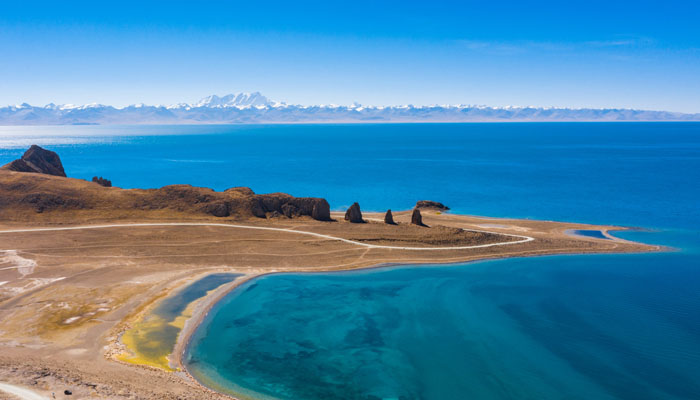 Snow-capped Nyenchen Tanglha Mountain and Namtso Lake
Snow-capped Nyenchen Tanglha Mountain and Namtso LakeStretching hundreds of kilometers, Nyenchen Tanglha appears as if it's protectively embracing Namtso Lake - a bond viewed as a timeless love story by many. During the day, the mountain's hues enhance the lake's beauty, while at night, it seems to present the Milky Way to its shimmering counterpart.
Their entwined story is a renowned Tibetan love legend, attracting numerous tourists. The Qinghai-Tibet Railway offers a unique view of this scene, with the mountain overlooking vibrant grasslands dotted with yaks and sheep.
The best period to witness this spectacle is from June to August, when the grasslands bloom and the lake sparkles the most. For those looking to experience it firsthand, a 3-hour drive from Lhasa to the Tashi Dor Island will offer a prime vantage point of Nyenchen Tanglha's embrace of Namtso Lake.
Tibet Mountain No.4: Noijin Kangsang Mountain (7,191 meters)
Noijin Kangsang, located at the boundary between Nagarze County and Gyantse counties and approximately 130 kilometers from Lhasa, is one of the closest snow mountains to Lhasa.
Year-round, it's capped with snow, resembling a white hat amidst the clouds. Time has caused the thick ice on the mountain to form glaciers, the most famous being the Karola Glacier. This glacier is easily accessible and can be enjoyed right from the roadside.
The meltwaters from Noijin Kangsang have created lakes, with Yamdrok Lake being the most notable. Unique among Tibet's lakes, Yamdrok isn't particularly wide but meanders between towering mountains. Aerially, the lake looks like a branching blue coral with the snow mountain resembling a giant white isle or stone canopy. Due to varying depths and sunlight angles, the lake reflects colors from bright green to deep blue, resembling the varying shades of turquoise, enhancing its allure.
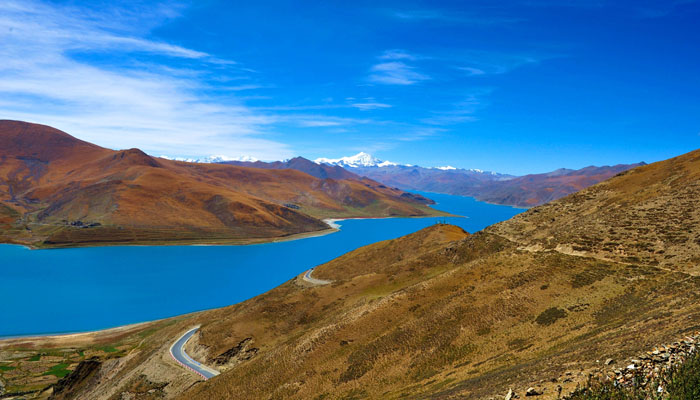 Noijin Kangsang Mountain and Yamdrok Lake
Noijin Kangsang Mountain and Yamdrok LakeFor the best views of the multicolored lake waters and the stunning snow mountain, the ideal visiting months are from May to October. In winter, Yamdrok may freeze, presenting a dreamlike scene with ice patterns resembling blue jewels and the frosted Noijin Kangsang mountain in the backdrop.
Getting to Naiqinkang Sang from Lhasa is straightforward: a 2-hour journey southwest on National Highway 317. The Gangbala viewpoint is the best spot to appreciate both the mountain and the lake. For an encompassing experience, a full-day trip from Lhasa is recommended, offering diverse vantage points of the magnificent landscape.
Tibet Mountain No.5: Namjagbarwa Peak (7,782 meters)
Namjagbarwa Peak, located in Nyingchi, Tibet, stands tall at 7,782 meters, making it the highest peak in the eastern Himalayas and the 28th highest globally. Its stunning beauty has earned it recognition by National Geographic China as one of China's most picturesque snow mountains, attracting photographers and tourists alike.
Namjagbarwa's unique spear-like shape, coupled with its frequent shrouding in snow and clouds, has contributed to its mystique. In Tibetan lore, it's seen as a spear aimed at the heavens, a symbol of power. The nearby Lulang Forest offers a dreamy backdrop, with the peak appearing almost ethereal against the sky.
 Nyingchi Namjagbarwa Peak in Nyingchi Tibet
Nyingchi Namjagbarwa Peak in Nyingchi TibetVisiting between March and April is ideal, as Nyingchi's peach blossoms bloom, adding a vibrant pink hue at Namjagbarwa's base. Photographers can capture the juxtaposition of the Yarlung Tsangpo River, peach blossoms, local villages, and the towering peak. The 'Sunrise Golden Mountain' phenomenon is another highlight, where the peak appears to glow, resembling a fiery spear amidst the clouds.
Traveling to Nyingchi from Lhasa is now more accessible thanks to improved transportation. Once there, locations like Lulang and Sejila Mountain Pass offer the best views of Namjagbarwa. It's advisable to avoid the rainy months of July and August for the clearest vistas.
Tibet Mountain No.6: Shishapangma Peak (8,027 meters)
Shishapangma Peak, located within Nyalam County, Shigatse, Tibet, China, stands at an elevation of 8,027 meters. It's the 14th highest mountain in the world and is unique for being the only peak over 8,000 meters entirely within China. Unlike other famous peaks, Shishapangma is less frequented by tourists. Typically, only those traveling from Lhasa to Kathmandu via the China-Nepal highway get the chance to witness its majesty.
 Shishapangma Mountain and Peiku Lake
Shishapangma Mountain and Peiku LakeUnlike the grandeur of Mount Everest, the sharpness of Namcha Barwa, or the extensive range of Nyenchen Tanglha, Shishapangma exudes its own charm. It appears more maternal and gentle, overlooking the tranquil Peiku Lake.
The mountain's shape is graceful, complemented by two sister peaks of similar height, forming an aesthetically pleasing silhouette. This region is known for the distant roars of the Yarlung Tsangpo River. As you stand by Peiku Lake, you can hear the thundering sound of the river flowing nearby, like nature's own symphony.
The best times to visit Shishapangma, much like Mount Everest, are during May-June and September-October. One of the prime viewpoints is the Gawula Pass, from where you can see five of the Himalayas' peaks over 8,000 meters, including Shishapangma. Another route, between Tingri County and Gyirong County, offers travelers beautiful encounters with the mountain.
Conclusion
The vastness of Tibet's snowy peaks can't be captured by mere words. These mountains, shaped over eons, beckon a lifetime of exploration. From peaks within Tibet to iconic ones like Four Sisters, Gongga, and Meili Snow Mountain on the Tibetan Plateau, each has a story, a spirit, and an allure all its own.
Tibet is a tapestry of countless mountains, each weaving its own legend and demanding respect. If you're drawn to Tibet, don't miss out on these majestic views. While our standard tours might not encompass every peak, feel free to reach out. We're here to tailor-make your perfect Tibet tour, offering an unforgettable journey through these spectacular landscapes.





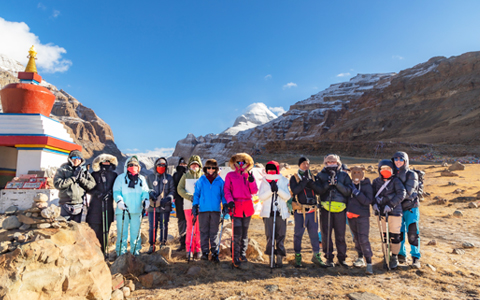

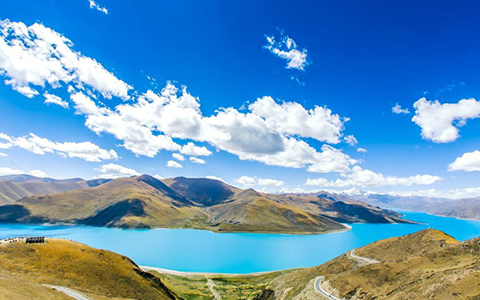
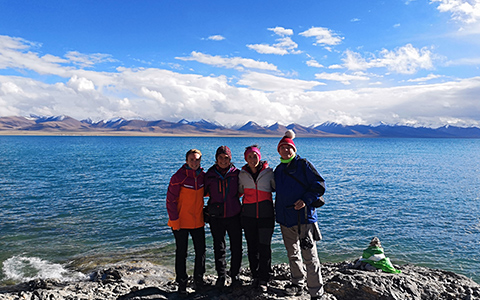
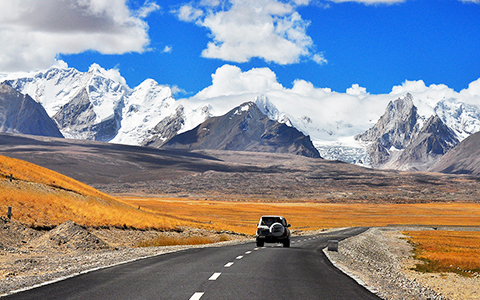



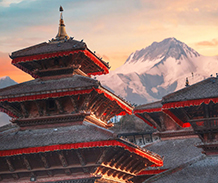
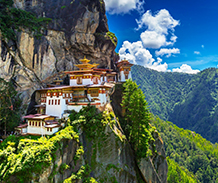




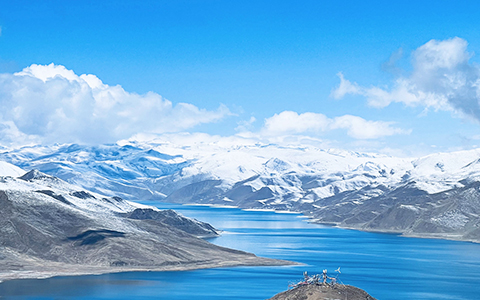
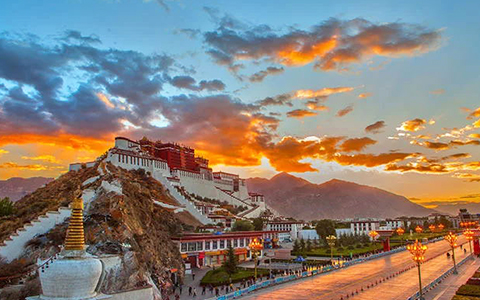




 Mount Everest stands tall in the Himalayas as the highest peak in the world.
Mount Everest stands tall in the Himalayas as the highest peak in the world.
 Mount Kailash is a pilgrimage destination for Tibetan Buddhists.
Mount Kailash is a pilgrimage destination for Tibetan Buddhists.
 Snow-capped Nyenchen Tanglha Mountain and Namtso Lake
Snow-capped Nyenchen Tanglha Mountain and Namtso Lake
 Noijin Kangsang Mountain and Yamdrok Lake
Noijin Kangsang Mountain and Yamdrok Lake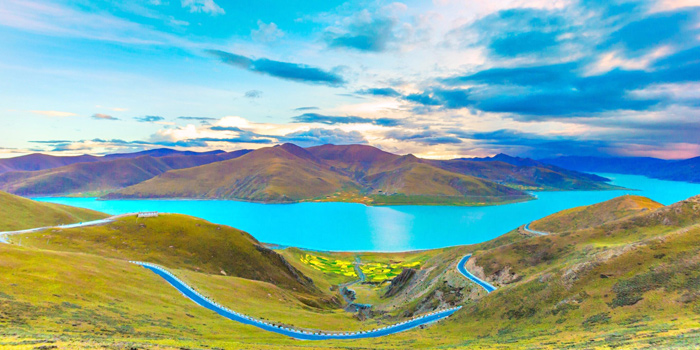
 Nyingchi Namjagbarwa Peak in Nyingchi Tibet
Nyingchi Namjagbarwa Peak in Nyingchi Tibet Shishapangma Mountain and Peiku Lake
Shishapangma Mountain and Peiku Lake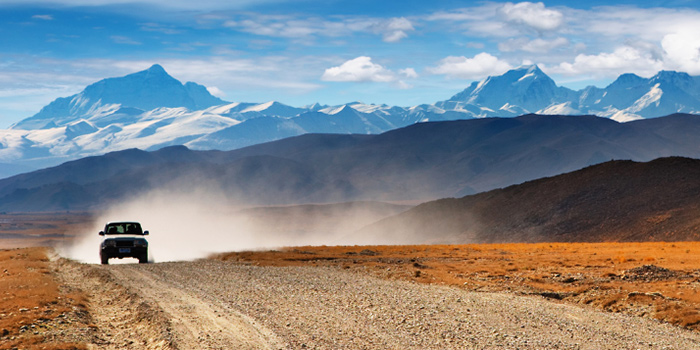

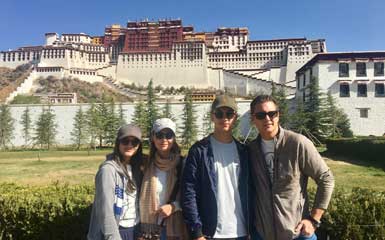







Ask a Quick Question